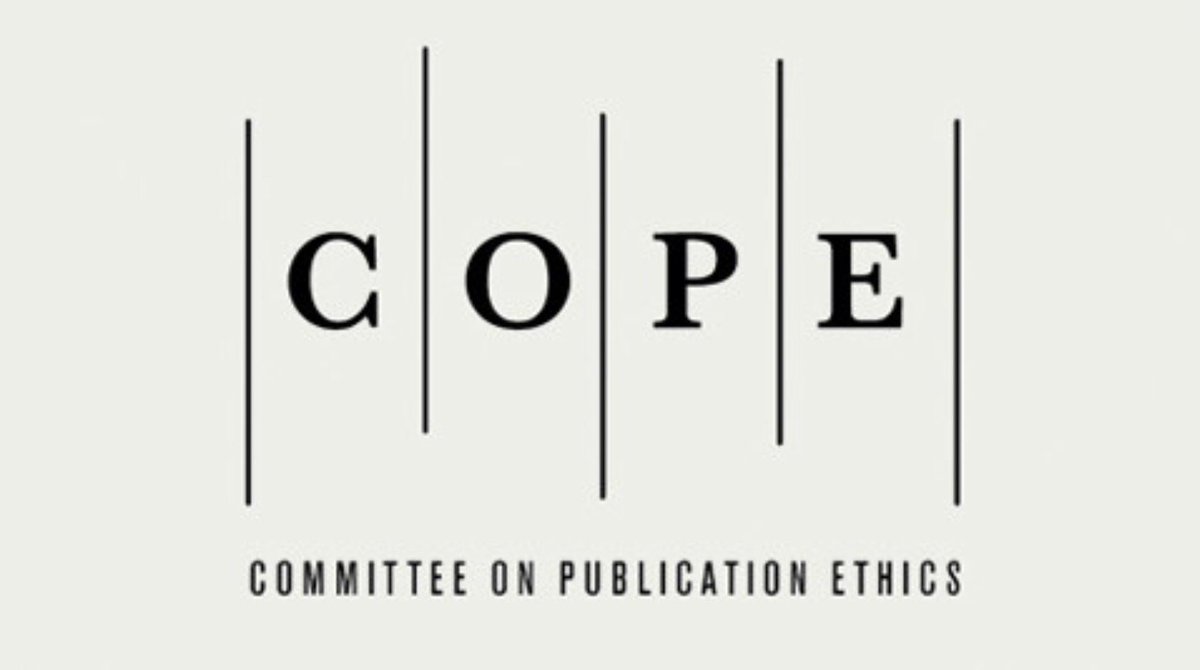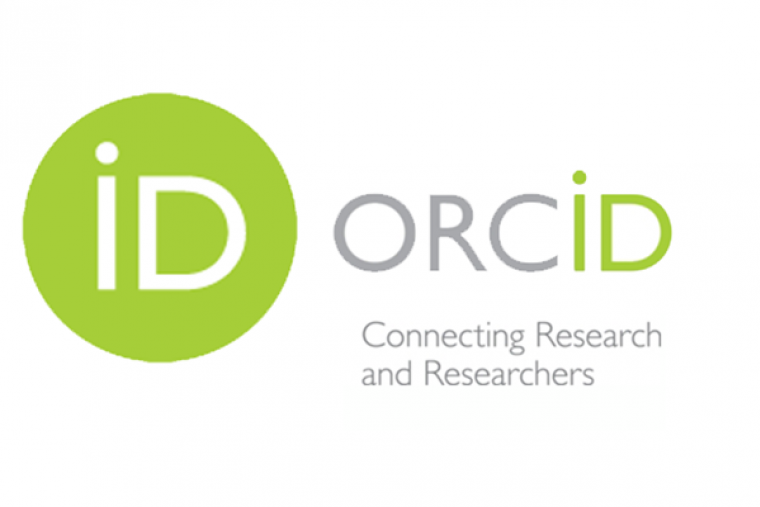Peer Review Process
Peer-review process plays vital role for scholarly publishing ensuring the quality and standard published articles. International journal of Multidisciplinary Research & Reviews (IJMRR) follow standard and transparent peer review process for submitted articles as per below given guidelines:
Initial manuscript evaluation
All new submissions are screened for completeness and adherence to the Guide for Authors. Those that pass are then assigned to a Editor for consideration for sending for peer review. Authors of manuscripts rejected at initial evaluation stage will normally be informed within 10 days after submission.
Editorial evaluation
When assigned a new submission, the Editor will decide if it warrants peer review or if it should be rejected without review. Manuscripts rejected at this stage are insufficiently original, have serious conceptual and/or methodological flaws, have poor grammar or English language, or are outside the aims and scope of the journal.
Feedback is provided by the Editor for all manuscripts rejected without review and, where possible, suggestions are made on other suitable publication outlets. Usually, manuscripts decisions are intimated to the corresponding author within two weeks time period after submission.
Information about Peer review process:
Those manuscripts deemed suitable for peer review are passed to at least 2 expert referees for review. The peer-review process and editorial scrutiny are the main mechanisms for ensuring the quality of published articles. All submissions to the IJMRR will go through a double-blind peer-review process to ensure content quality. All submitted manuscripts are subject to peer review and editorial approval.
All submitted manuscripts are read by the editorial staff. To save time for authors and peer-reviewers, only those papers that seem most likely to meet our editorial criteria are sent for formal review. Those papers judged by the editors to be of insufficient general interest or otherwise inappropriate are rejected promptly without external review (although these decisions may be based on informal advice from specialists in the field). Manuscripts judged to be of potential interest to our readership are sent for formal review, typically to two or three reviewers, but sometimes more if special advice is needed (for example on statistics or a particular technique). Authors are usually notified within 2-4 weeks about the acceptability of their manuscript.
Reviewer selection:
Reviewers are selected based on their expertise within the topic area of the submission, and their purpose is to assist the authors and the journal by providing a critical review of the manuscript.
Review comments and revision :
On receiving reviewers comments, authors are requested to send the revised article, and a copy of their reply to the reviewers, including the comment and explaining the replies to questions and changes made to the revised version. Communication regarding a specific manuscript will take place between the journal and the designated corresponding author only.
Review timeline :
Decisions on peer-reviewed papers are sent to the authors within an average of 2-3 weeks from the date of submission.
Final decision:
After completion of the review, finally the editor finally reach to a decision based on the reviewers' advice, from among several possibilities:
- Accepted with or without editorial revisions.
- Invite authors to revise their manuscript to address specific concerns before a final decision is reached.
- Rejected, but indicate to the authors that further work might justify a re-submission.
- Rejected straight-way, typically on grounds of specialist interest, lack of novelty, insufficient conceptual advance or major technical and/or interpretation problems.
Reviewers are welcome to recommend a particular course of action, but they should bear in mind that the other reviewers of a particular paper may have different technical expertise and/or views, and the editors may have to make a decision based on conflicting advice. The most useful reports, therefore, provide the editors with the information on which a decision should be based. Setting out the arguments for and against publication is often more helpful to the editors than a direct recommendation one way or the other. Editorial decisions are not a matter of counting votes or numerical rank assessments, and we do not always follow the majority recommendation. We try to evaluate the strength of the arguments raised by each reviewer and by the authors, and we may also consider other information not available to either party. Our primary responsibilities are to our readers and to the scientific community at large, and in deciding how best to serve them, we must weigh the claims of each paper against the many others also under consideration.
We may return to reviewers for further advice, particularly in cases where they disagree with each other, or where the authors believe they have been misunderstood on points of fact. We therefore ask that reviewers should be willing to provide follow-up advice as requested. We are very aware, however, that reviewers are usually reluctant to be drawn into prolonged disputes, so we try to keep consultation to the minimum we judge necessary to provide a fair hearing for the authors. When reviewers agree to assess a paper, we consider this a commitment to review subsequent revisions. However, editors will not send a resubmitted paper back to the reviewers if it seems that the authors have not made a serious attempt to address the criticisms. We take reviewers' criticisms seriously; in particular, we are very reluctant to disregard technical criticisms. In cases where one reviewer alone opposes publication, we may consult the other reviewers as to whether s/he is applying an unduly critical standard. We occasionally bring in additional reviewers to resolve disputes, but we prefer to avoid doing so unless there is a specific issue, for example a specialist technical point, on which we feel a need for further advice.





























